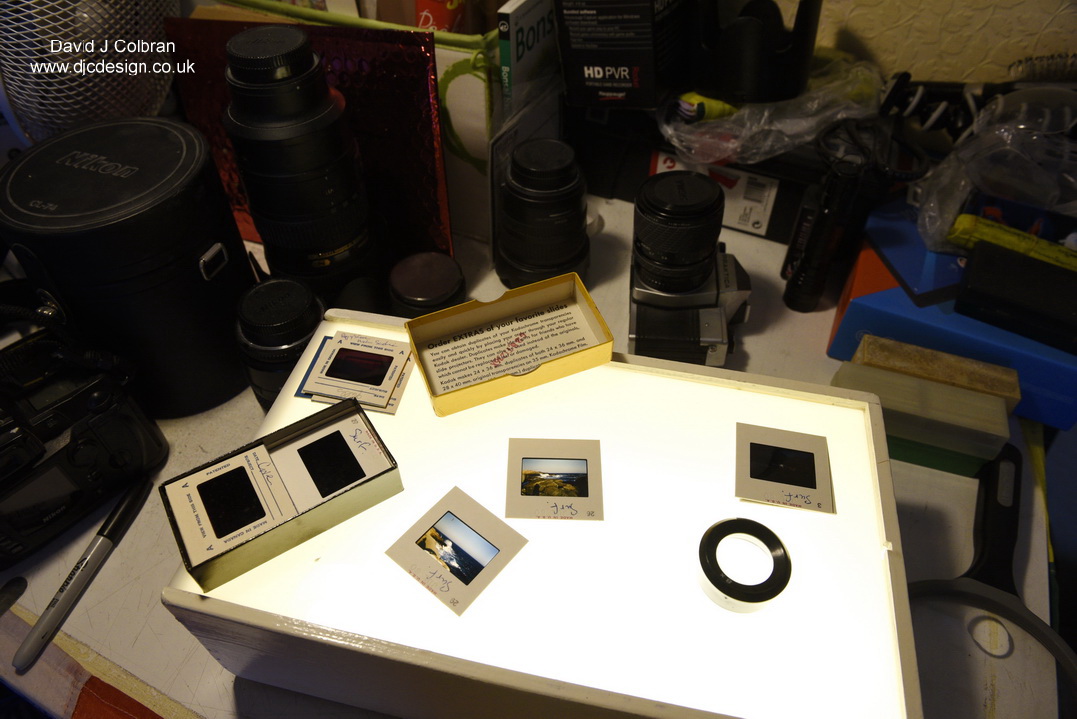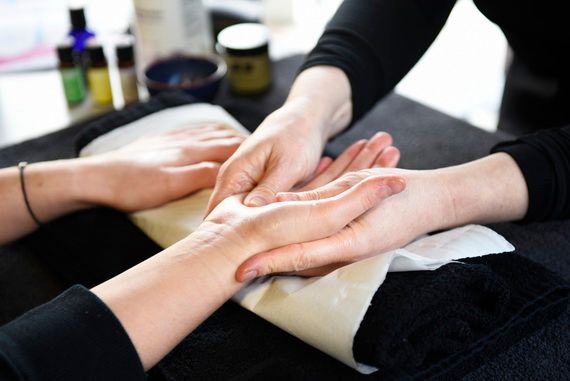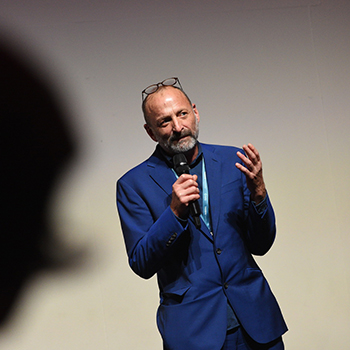Personal project - scanning 35mm slides from a family collection

Published on Wed May 27, 2020 by David J Colbran
I've just started a personal project that I have been meaning to for years. Digitising and scanning a massive box of old 35mm slides that I inherited from my late mother.
Slides were originally designed as a space-saving format to store photos. And of course, it was easy to project photos on a screen which is something I clearly remember from my childhood. The projector and the screen appearing for guests and the laughs and groans, as inevitably they were inserted upside down or back to front (usually after a few drinks lol). It really was a sociable way to share memories, more so than having people flip through an album individually.
Mum was a keen amateur photographer. She started making images as a teenager with a box brownie - unfortunately the camera and images are missing after all these years. Then she moved on 35mm film - I have recently serviced and used her main camera, an AGFA Optima I rangefinder. These were made by AGFA in Germany and first released in 1960. The Optimas were the first camera manufactured with automatic programmed exposure. I don't know how much they cost new but definitely mass produced and hundreds of them are still out there and working. The Optima I is really solid and heavy - metal, rather than plastic that later models were made from. It has a fixed Agnar 45 / 2.8f lens. For good second-hand working versions you are only looking at spending £30 to £40, so affordable if vintage film cameras are your thing.
The collection of slides begins in the early 1960s and finishes around the early 1980s. Mum grew up in County Cork, Ireland, so a lot of these images are set there. Others are from holidays in England, including the suburbs of London where I grew up in the 1970s and 80s. A lot of them feature the usual family groups of relatives, babies and children. I recognise some people but of course not all. I plan to share online with various relatives to see if they can fill in the blanks. Lots and lots of landscapes as well - some locations are identified on the slides themselves but most aren't. So these are going to be harder to place.

Also there are other images taken by an artist called Anne Smith. I'm fairly sure that Anne was a relative of my Mum's and that she travelled extensively in Canada and the US. Her images in this collection are specifically from Nova Scotia. My Dad has a few of her oil paintings and there are photographs of her painting on a dockside - which matches these. Which is really cool.
At some point my Mum stopped ordering slides but continued to take photos, just getting little prints made. I think my Dad still has some but I guess most have disappeared during various house moves.
Generally slides fell out of use in the 1980s - due to them being expensive I think at first and then as digital photography began to take off, their popularity declined further. Many hobbyist and professional photographers kept the format alive for a bit longer, as they preferred the detail in film to that in early digital photos. But with digital now so well established, slides are largely relegated to gathering dust in boxes. Mine were too, so taking them out and looking at them really felt like a little bit of history to me and it has been great going through them.
So on to the technical stuff.
Of course there are many blogs and resources where you can learn how to prepare and scan your slide collection. This post isn't going to tell you all the alternative ways to do slide scans. But I will tell you the process I used.
The first part was to sort through decades of images. This was initially a daunting task, as I guess there was about 1,000 35mm slides in the box. Ideally I would have liked to sort them chronologically but to be honest, while they were batched in slide boxes, most weren't labelled.
So I went through a few boxes at a time when I had a spare minute or two - quite a nice chill process for the end of the day or in the evening with some music. I set aside a table and some space in my studio to do this. Basically room to lay out a few boxes and have my light box ready with my loupe for close examination. This process was literally edit as you go. When I say edit, I mean I removed the slides that I didn't want or need in the collection. This of course cut down on the effort and time involved in digitising them later.
The next task was to change up the work station, making space for a scanner and laptop. Having this set up means I can digitise again during downtime - listening to music, watching streams etc. I use a fairly old flatbed scanner, which has a light built into the cover. This backlight of course is essential for 35mm slides, as scanners without it, mean the end images are always too dark. And it has a tray to insert the slides - again required and makes it so much easier when it comes to the digital edit. The scanner is an Epson 2480 Perfection - and I go with 3600dpi which take about 5 minutes per pair scan. So quite a time intensive part of the process. Of course as I said there are many other ways to scan slides - from sending them away to one of the many companies who offer this as a service - to buying hi-end kit like the Epson Super Coolscan range or the Hasselblad Flexlights.

Once scanned I then checked orientation, flipped if I've put the slide in the wrong way and then used an action crop to remove each of the images and create two new image files. The final process is to open each one in Photoshop, re-crop fine tuning and then remove any dust and scratches.
I'm nowhere near completing the project - the sort is done but the majority of the scanning remains to be finished. It has been a great project to undertake - a dig into the past. The scenes, cars and fashion are all fascinating. And I'm sure my Mum would be pleased someone is looking at her images after all these years. I'll post more as I go through them in a future blog post.



Author: David J Colbran
- < Previous news post
- Covid-19 Response Next news post >
- Black Lives Matter protest Liverpool
Times Higher Education Awards commercial photography
It was brilliant to be booked for the third year running to provide my services at the Times Higher Education Awards and Conference 2025 for two days of event photography at the Edinburgh International Convention Centre in Scotland.
Recent Photography Work Update - Liverpool Photographer reports
It’s been a busy few months here, with a great mix of photography projects across the North West. From dynamic business events to striking editorial shoots, I’ve had the chance to work with some brilliant clients and creative teams recently.
Labour Party Conference 2025 - photographers case-study
Lots of images from three busy days working at the ACC and Exhibition centre Liverpool for the Labour Party conference 2025
Fiona, Business owner at Wellbeing Therapies by Fiona.






